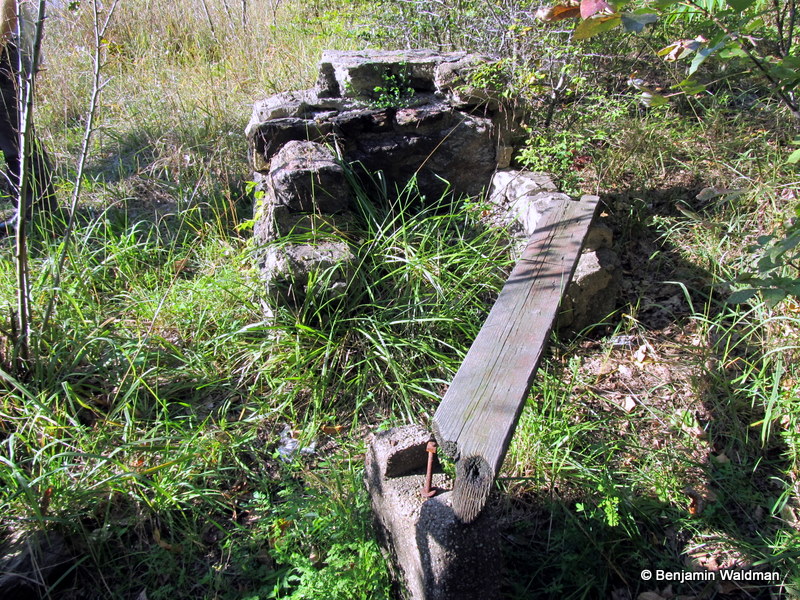Most Americans have long forgotten the importance of “our daily bread,” but up in Fort Washington Park in New York City, there are rumored remnants of ovens soldiers used to bake during the American Revolution. When we originally wrote about these ovens in The Secrets of Fort Washington Park, we knew that the ovens had been used by Girl Scouts in the 1950s. There were suggestions that it may have been built by either the Civilian Conservation Corps or the workers who built the George Washington Bridge. But a reader recently told us, based on a book he had read that they date to much earlier. He believed “George Washington had the ovens built there so soldiers could break bread (they carried flour for this purpose).”
Digging into this, we discovered an amazing article by John Rees, an expert on the food of American soldiers from 1755 to the present day. As the article shows, the production and supply of bread was a singularly essential part of the war effort. Writes Major General Henry Knox in 1781, “Of the articles of subsistence bread is the most essential.” Fort Washington shows up in a part of this article, where Rees quotes the writing of militia private John Adlum who was stationed at Fort Washington in 1776 when it fell that year: “I saw a number of barrells of biscuit and now knowing that we were prisoners I cut open the lining of my coat and filled the skirts of it with from a peck [to] a half a bushel of biscuit …”
Biscuits were apparently a major part of the military diet, but they aren’t like the biscuits of today. They were cooked with more flour than regular bread, and required “gnawing.” Another solder wrote, Pennsylvania Fifer Samuel Dewees wrote, that the biscuits “were so hard that a hammer … is requisite to break them. This, or throw them to soak in boiling water.”
In May 1777, the German-born, Philadelphia resident Christopher Ludwig was appointed Superintendent and Director of Baking for the Continental Army. Though biscuits continued to be made, baked bread was thereafter delivered to the campsites as well. There is also evidence there was experimentation in different types of ovens, particularly portable ones. The Fort Washington ovens, if they date to the Revolutionary War era, may have been constructed prior to the baking innovations that continued throughout the rest of the war–in short, of a simpler stock. Or perhaps they could be from the British occupation.
The Rees article shows just how frequently bread figured in communications during the war. In 1781, the involvement of French troops not surprisingly involved bread as well. A faux camp was set up on Staten Island with a “French Bakery” to trick the British into thinking an attack on New York was imminent. As Rees writes, “The French ovens had their part in this ruse.” A sub–lieutenant in the French Soissonnais Regiment wrote: “M[onsieur]. de Rochambeau had given this order for the construction of the ovens at Chatham on purpose, in order to make [British Gen. Sir Henry] Clinton believe that we were seriously considering an attack on New York and that the army would remain encamped in the region, whereas the ovens would serve equally well to provide food for our army during its march towards the Delaware.” Another fun fact: In 1778 a company of bakers was raised (though it was less than successful in supplementing bread production apparently).
The article also includes bread and biscuit recipes, as well as renderings of ovens from the war.
Next, read more about the secrets of Fort Washington Park.






